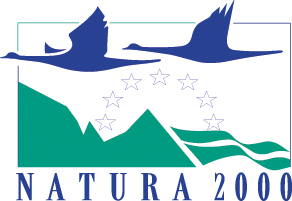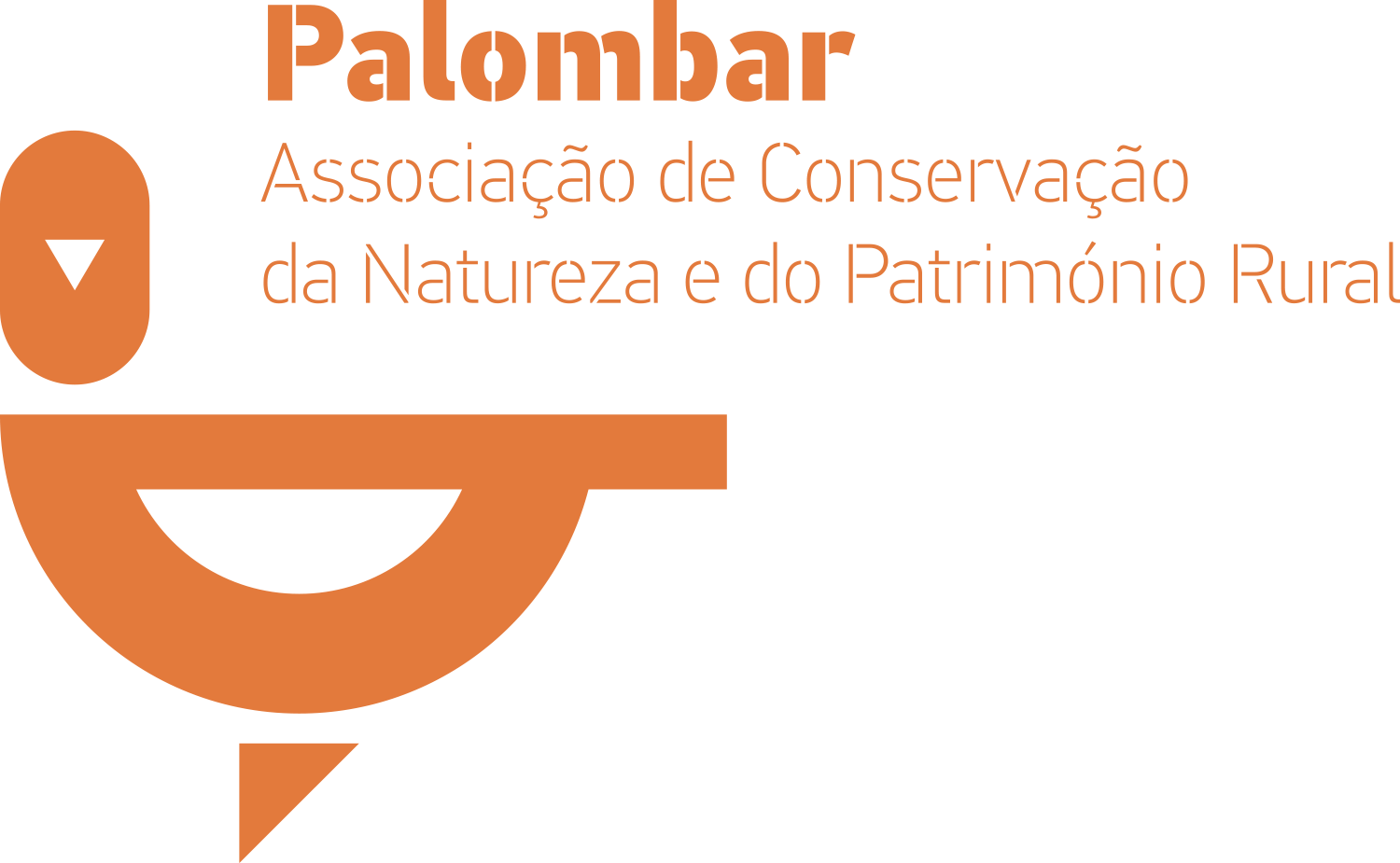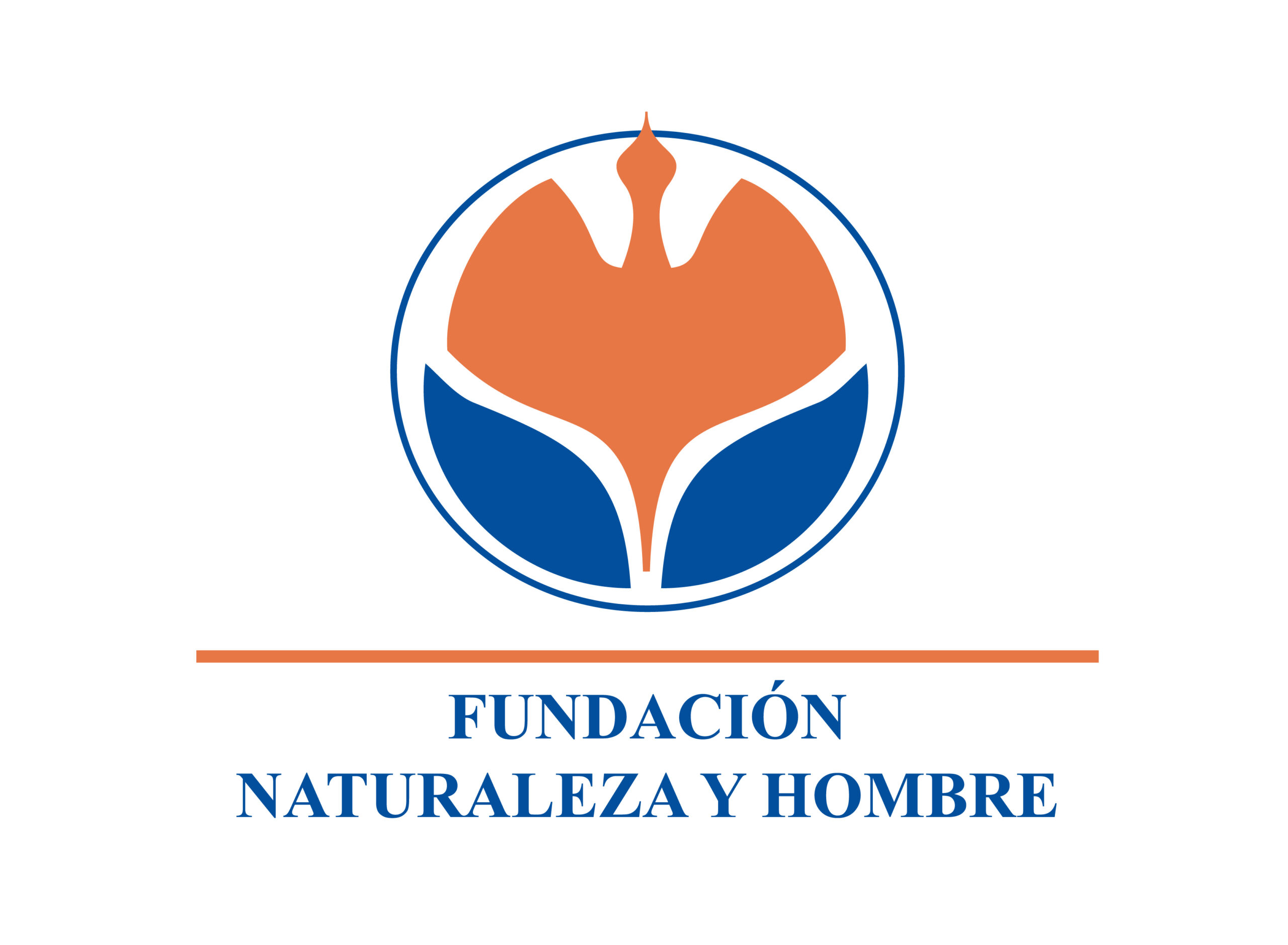The Cinereous Vulture
History and conservation status of the species in Portugal and Spain
- Homepage
- Pages
- LIFE Aegypius Return
- The Cinereous Vulture
- History and conservation status of the species in Portugal and Spain
History and conservation status of the species in Portugal and Spain
During the 20th century, the once-common sight of a Cinereous Vulture soaring through the skies became increasingly rare across Europe, including the Iberian Peninsula, due to several threats. These threats included illegal wildlife poisoning, habitat destruction, and direct persecution. However, thanks to years of dedicated conservation efforts, the population of this majestic species is now growing once again. But, it still needs our help to secure its future.
History and background of the Cinereous Vulture in Portugal and Spain
In Portugal, the breeding population of Cinereous Vultures was driven to extinction in the 1970s, while in Spain the situation was also alarming, with only a minimum of 206 pairs remaining by 1973. Since then, the species has started to recover in Spain, partly due to effective legal protection, the end of persecution and poisoning campaigns, and the implementation of targeted conservation measures.
Current conservation Status of the Cinereous Vulture in Portugal and Spain

Status Worldwide
Near Threatened (population decreasing)

Status in Portugal
Endangered

Status in Spain
Vulnerable
The Cinereous Vulture population range has been significantly affected by human threats. Currently, the population in Europe is split between a Western population in the Iberian Peninsula and a reintroduced one in France, with a smaller Eastern population in Greece and Bulgaria – the latter was reintroduced with the Vultures Back to LIFE project.
Since the 1980s, the population of Cinereous Vultures has been steadily recovering in Spain, with the number of breeding pairs increasing from 250 in the 1980s to about 3000 currently. Yearly monitoring of local populations shows that the Spanish breeding population has continued to grow in several areas. For instance, in 2020, there were striking increases in the number of breeding pairs in the two most important breeding colonies in Europe located in Extremadura. The Sierra de San Pedro saw an increase of 51%, and the Monfragüe National Park recorded a 24% increase since 2016. This remarkable growth allowed the Junta de Extremadura to support the reintroduction projects in France and Bulgaria by donating birds for their eventual release into the wild. Furthermore, after a 50-year absence, the species returned to Sierra de la Demanda near Burgos with around 20 breeding pairs recorded in 2022, following a reintroduction project led by GREFA.
The growth of the Cinereous Vulture population in Spain and conservation efforts supporting scavenging species in Portugal have allowed the species to naturally recolonize Portugal, with birds settling there from nearby Spanish colonies. The first pair was formed in 2010, and since then, the Cinereous Vulture population in Portugal has continued to increase. From a few pairs and one colony, the breeding population grew to 40 pairs in four colonies by 2022. While the growth of the Spanish population was the primary driving force, projects in Portugal have also been instrumental in benefiting this scavenger species, particularly LIFE Rupis for the species in the Douro and LIFE Habitat Lince Abutre for the establishment of the colony in Herdade da Contenda.

However, the natural recolonisation process is slow and limited, as the species is colonial, highly philopatric, and does not normally recolonise areas far away from established colonies. The breeding colonies in Portugal are still fragile due to the small number of pairs, very restricted breeding range, and limited connectivity between colonies, making them vulnerable to stochastic events such as fire and poisoning. Furthermore, birds from the Spanish breeding colonies have a lower probability of foraging in Portugal due to a lack of food resources and carcasses, which slows down dispersal towards potentially favourable Portuguese areas and recolonisation.
Therefore, in order to sustain the continued growth of the Cinereous Vulture colonies in Portugal and secure their future viability, a specific project needs to be implemented to complement the positive dynamics coming from the Spanish population.
Hope for the future for the recovery of the species
In the short term, the project aims to double the breeding population in Portugal from 40 pairs in 4 colonies to at least 80 pairs in at least 5 sites. The breeding success rate, currently at 0.38 in Portugal, is targeted to be increased to 0.5 or more. The growth in breeding pairs and sites will enhance the connectivity between colonies, including with Spain, and thus promote a more sustainable Portuguese population.
The ultimate goal of the project is to improve the conservation status of the Cinereous Vulture in Portugal from Critically Endangered to Endangered by the end of the project. Overall, continued efforts to protect and conserve the species are crucial to ensure its survival and to maintain the health and balance of the ecosystems where it lives.











